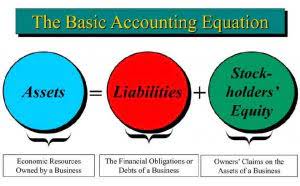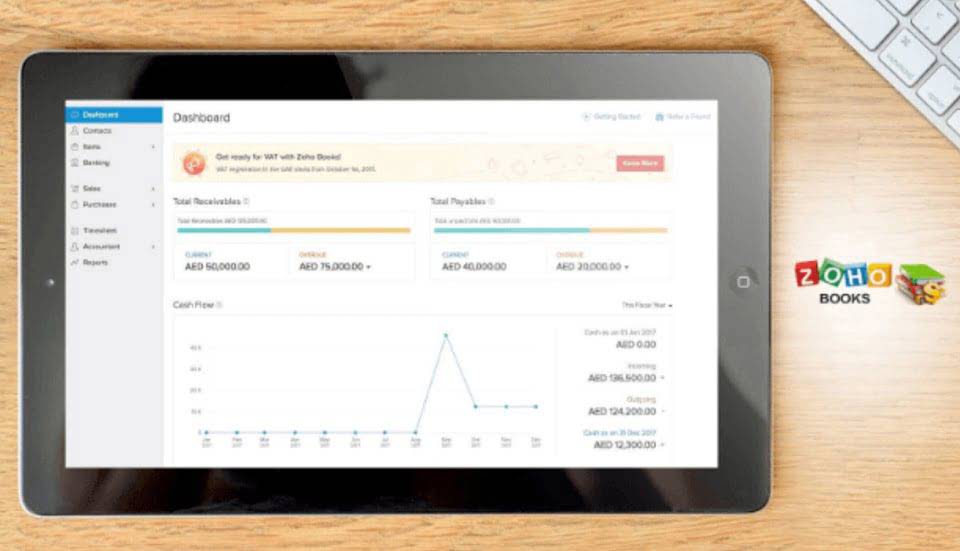
Immediate Payment Service (IMPS) is an interbank electronic funds transfer facility. Using this EFT process, one can transfer funds from one bank’s account to another bank’s account using mobile and Internet banking. Do you pay your what eft stands for mobile bills by entering your card details on online payment gateways?
- Unlike regular savings accounts, CDs require that the money be left in the account for a predetermined period.
- Debit card transactions function the same way, except the funds are immediately drawn from your account.
- It’s important to note that EFT does not have any sexual connotations and is not a typo or error.
- Today’s finance world has changed a lot because of basics of electronic funds transfers (EFT).
- The Patient Protection and Affordable Care Act led to more EFT use.
Transfer Initiation and Processing

This can also be used to move money from business bank accounts or be used to pay bills. A global convenience, ATM transactions occur at electronic kiosks found throughout cities and banks worldwide. Credit card purchases, refunds and paying your bill are all handled via electronic communication between banks. A debit card is a form of EFT payment processing that uses a debit card issued by a credit union or bank to move money between financial institutions. Customers can pay with a debit card over the phone, online, or through a point-of-sale (POS) system.
For small business

Domestic wire transfers usually process instantly or within a day, but international wire transfers balance sheet could take a couple of business days. Electronic Funds Transfer (EFT) has revolutionized the way we handle financial transactions, offering convenience, speed, and security in the modern banking landscape. This digital payment method enables individuals and businesses to transfer funds electronically, eliminating the need for physical checks and cash transactions. When you fast-forward ATM use to the 21st-century, you can see how the use of EFT networking is now an accepted and highly popular way to do business. Merchants, governmental agencies, vendors, and individuals all rely on the use of EFT processing through a shared banking network in the U.S.
Debit and Credit Card Transactions
An example of an EFT is when your company uses direct deposit to send your paycheck into your bank account. Instead of giving you a physical check, the employer transfers the funds electronically Accounting for Marketing Agencies from their bank to the employee’s account. This method is efficient, secure, and eliminates the need for manual deposits. Other common examples of EFT include online bill payments, ACH transfers, and debit card transactions. An electronic funds transfer (EFT), or direct deposit, is a digital money movement from one bank account to another. These transfers take place independently from bank employees.

EFT payment security: Is it safe?

EFTs can also help individuals to save money on transactions. The key difference between EFT and ACH transactions is that EFT is an overall term for all digital payments, including e-wallets, Echecks, ATM transactions, etc. ACH refers to transactions made through the Automated Clearing House. Electronic Fund Transfers are processed via Automated Clearing House (ACH). They are responsible for clearing and settling electronic payments. The first ACH system was Bacs, which was set up in the UK in 1968.
Mobile Payment Solutions
- As technology advances, it’s important to watch your account.
- To make an EFT payment, you will need the recipient’s name, account number, and routing number.
- EFT technology enables companies to reach the entire population from anywhere in the world.
- Most countries and regions have their own methods of EFT payment.
- Besides cost, secure business establishes entities as trustworthy, resulting in repeat sales and long-term relationships.
- EFT payment apps have become part of our daily routine, allowing easy money transfers.
- While wire transfers usually have higher fees than other types of EFTs, some banks or accounts offer free domestic wires.
Many banks and payroll services offer user-friendly interfaces to manage direct deposit transactions. While wire transfers offer speed and efficiency, they also come with higher fees compared to methods like ACH. Banks may charge a flat fee for sending and receiving wires, and additional costs may apply for currency conversions in international transfers. The settlement time for ACH transactions typically ranges from one to three business days, making it a slower option compared to wire transfers.
